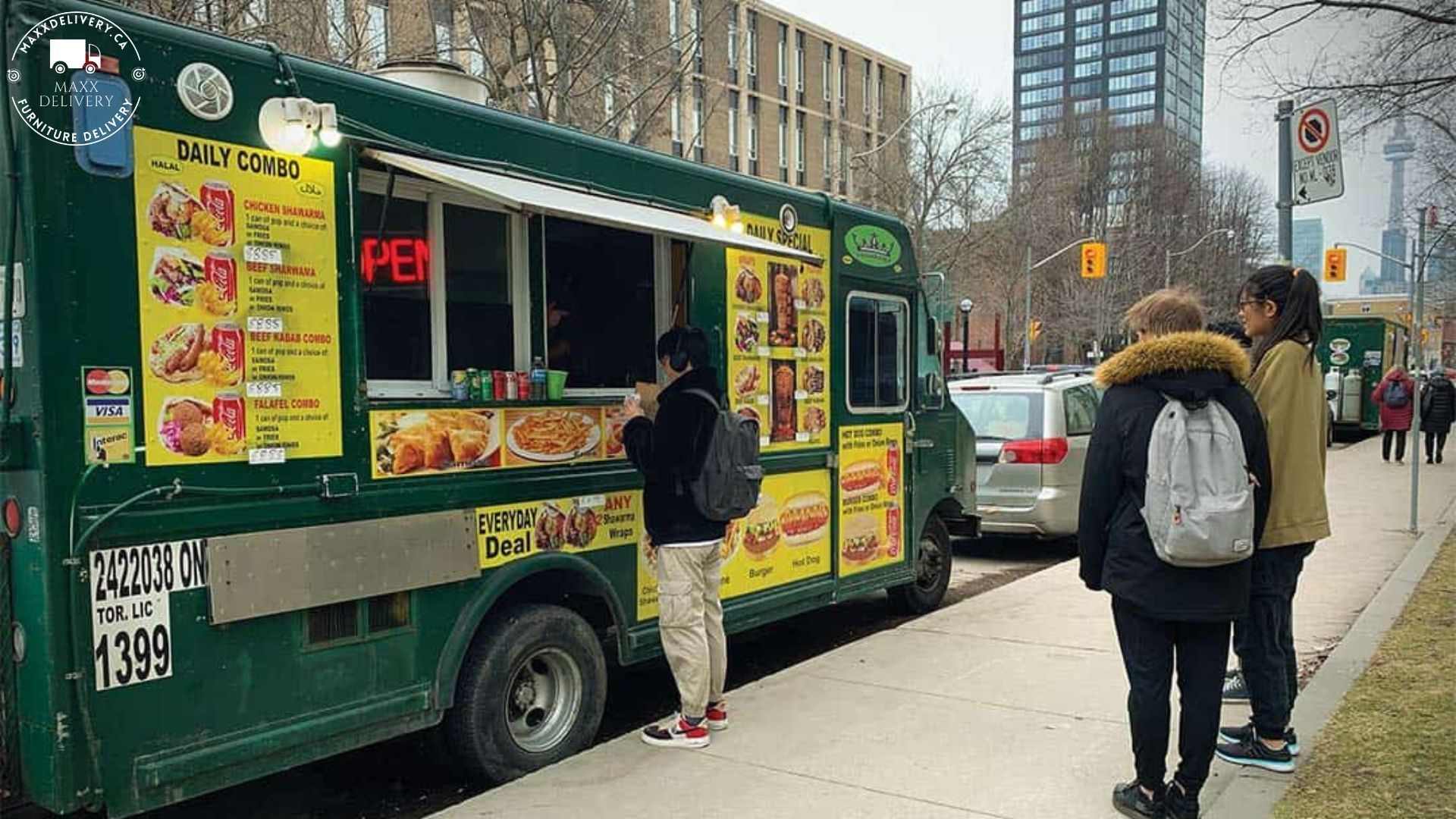What is the average cost of movers in Toronto?
Moving to a new home in Toronto can be both exciting and stressful. One of the most critical aspects of the process is understanding the costs associated with hiring movers. Toronto's fast-paced urban environment, combined with the complexity of the moving industry, makes it essential for you to grasp how moving companies structure their prices. Whether you're moving within the city or across the province, it's crucial to be aware of all the factors that can impact your final bill. From the distance of your move to the number of belongings you have, to additional services such as packing or temporary storage, various elements contribute to the overall cost. Moreover, hidden fees, like fuel surcharges, stair fees, and extra charges for handling large items, can quickly inflate your expenses if you're not prepared. In this detailed blog post, we’ll explore the average cost of movers in Toronto, break down the differences between hourly and flat-rate pricing models, and explain how the time of year can drastically affect your moving expenses. We'll also cover essential tips for avoiding unexpected costs and highlight strategies to save money while ensuring you get quality service. Whether you're downsizing to a condo in downtown Toronto or moving your family to a bigger home in the suburbs, understanding the ins and outs of moving costs will help you make informed decisions and avoid common pitfalls. This guide is designed to provide you with a clear, comprehensive view of Toronto’s moving landscape, helping you plan a smooth, cost-effective relocation that stays within your budget. Stay tuned as we dive into everything you need to know about moving costs in Toronto!

What You Need to Know About Moving Costs
Average Moving Costs in Ontario
The cost of moving in Ontario varies widely based on multiple factors, including distance, volume of belongings, and time of year. For local moves within the Greater Toronto Area (GTA), prices typically range from $300 to $2,500, while long-distance moves can cost anywhere from $2,000 to $12,000. To provide a clearer picture, a small apartment move might take around three hours and cost approximately $600, while larger households may require significantly more time and resources, leading to higher overall expenses. Factors like the number of movers, truck size, and additional services will all play a role in the final cost.
Key Factors Influencing Moving Costs
When assessing moving expenses, it’s important to consider several key variables:
- Distance of the Move: The greater the distance, the higher the cost. Local moves may charge by the hour, while long-distance moves often have flat rates based on mileage.
- Volume of Items: More belongings equate to longer move times and potentially higher charges. Conduct a thorough inventory to help estimate your costs accurately.
- Service Options: Moving companies offer various services, from packing and loading to storage and specialty item handling. Each service you choose will impact the total cost.
- Time of Year: Moving during peak seasons, such as summer or the beginning of the school year, can lead to higher prices. Consider off-peak times for potential savings.
- Type of Move: Different pricing models (hourly vs. flat rate) can also affect your budget. Understanding how these models work is essential for anticipating costs.

Hourly vs. Flat-Rate Pricing Models
Understanding Hourly Rates
Many moving companies in Ontario operate on an hourly pricing model. Typically, this involves an upfront fee based on the number of movers and the estimated time required for the move. Rates can range from $100 to $300 per hour, depending on the company and the complexity of the move.
Pros of Hourly Pricing:
- Flexibility in billing: You pay for the actual time spent on your move.
- Potential for lower costs if your move is quick and efficient.
Cons of Hourly Pricing:
- Increased costs if the move takes longer than expected.
- Travel time and fuel charges may apply in addition to the hourly rate.
Flat-Rate Pricing Explained
Flat-rate pricing is more common for long-distance moves, where a fixed fee is determined based on the overall distance and the size of the load. This model provides a predictable cost but can be influenced by various factors, such as delays or additional services.
Pros of Flat-Rate Pricing:
- Predictability in costs, which simplifies budgeting.
- No surprises on moving day regarding charges.
Cons of Flat-Rate Pricing:
- Potential for extra fees if unforeseen circumstances arise.
- Less flexibility compared to hourly pricing.

Hidden Costs You Need to Consider
Common Additional Charges
When planning your move, be aware of potential hidden fees that can affect your budget. Here are some common charges to watch for:
- Fuel Surcharge: Many moving companies add a fuel surcharge, especially for long-distance moves, which can significantly increase your total cost.
- Stair Fees: If your current or new home has stairs, be prepared for additional charges per flight of stairs.
- Heavy Item Fees: Items like pianos, safes, or large appliances often incur extra charges due to their weight and the specialized equipment required for their transport.
- Packing Materials: If you require moving supplies like boxes and tape, some companies charge for these items separately.
- Storage Fees: If you need to store your belongings temporarily, storage fees can add up quickly. Inquire about storage options and associated costs ahead of time.
Understanding these potential hidden costs will help you budget more effectively and avoid unpleasant surprises on moving day.
The Importance of Moving Insurance
Protecting Your Belongings
Moving insurance is a critical aspect of any move, providing coverage for loss or damage to your belongings. There are generally two types of insurance options:
- Basic Liability Coverage: This is typically included in your moving fee and offers limited protection, usually covering only $0.60 per pound of your items.
- Full Value Protection: For a higher premium, this option provides comprehensive coverage for your belongings, ensuring you receive reimbursement based on the actual value of any lost or damaged items.
Before selecting a moving company, be sure to inquire about the insurance options available. Understanding the coverage will help you make an informed decision about how to protect your valuables during the move.

Tips for Cost-Effective Moving
Strategies to Save Money
Moving doesn’t have to break the bank. Here are some practical tips to help you minimize costs while ensuring a successful transition:
- Plan Ahead: Start planning your move several weeks or months in advance. This gives you ample time to compare quotes and secure the best rates.
- Declutter Your Belongings: Take the opportunity to donate or sell items you no longer need. Reducing the volume of belongings will save on packing, loading, and moving costs.
- Book During Off-Peak Times: If possible, schedule your move during weekdays or in the off-peak season to take advantage of lower rates.
- Get Multiple Quotes: Contact several moving companies for estimates to find the best price and service. Ensure that you compare what each quote includes.
- Consider DIY Packing: If you’re comfortable doing so, pack your belongings yourself to save on packing fees. Just be sure to use appropriate materials to protect your items during the move.
- Ask About Discounts: Many moving companies offer discounts for referrals, military personnel, or seniors. Don’t hesitate to inquire about any available savings.
By implementing these strategies, you can effectively reduce your moving costs while ensuring a smooth and efficient transition to your new home.
Understanding the factors that contribute to moving costs in Ontario is crucial for anyone planning a move. From the average expenses to the various pricing models and hidden fees, being well-informed can save you time, money, and stress. By following the tips outlined in this guide, you can understand the moving process with confidence and ease, ensuring that your transition to your new home is as chill as possible. Whether you're moving locally or long-distance, a little preparation can go a long way in making your move a successful one.
MaxxDelivery Moving and Delivery Tips and Blog











